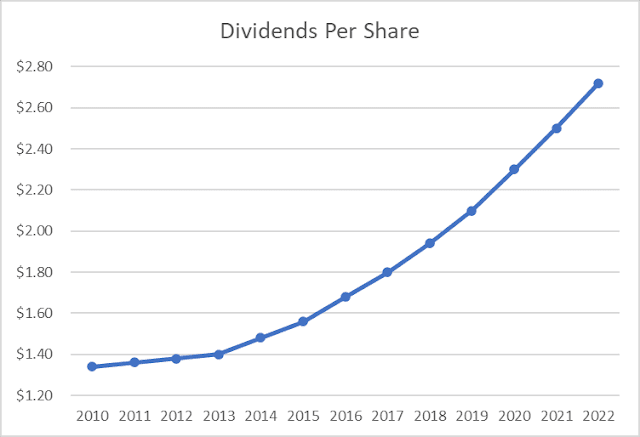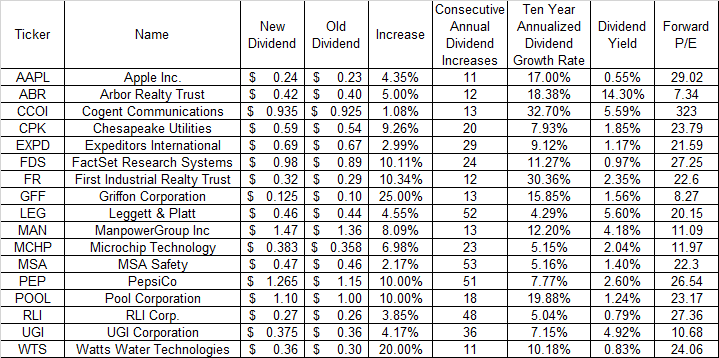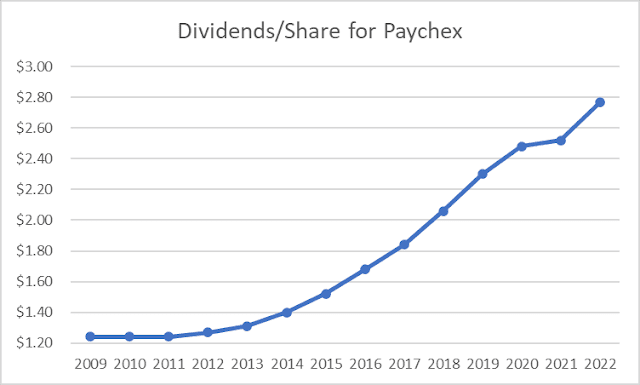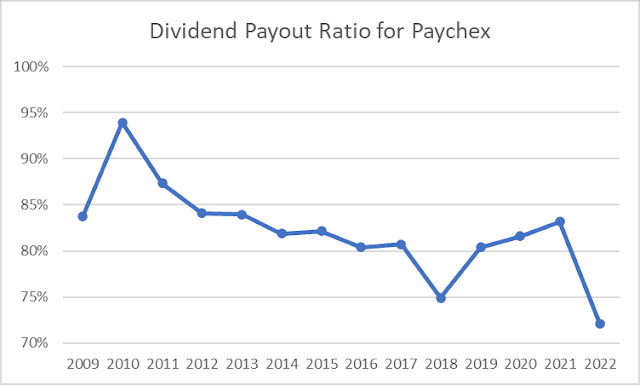One of the most common questions I receive relates about the idea of how to invest a lump-sum amount. I believe that the answer is not a one sized fit all approach. I also believe that the answer for the same person may vary from time to time.
In general, there are pros and cons to each approach. If you look at the historical data, it makes sense to invest money as soon as possible. The stock market usually goes up most of the time, and when you invest, you get to enjoy receiving dividends and the opportunity for capital gains. Of course, this approach assumes that past performance is an indication of future results – this is the warning below each investment that is discussed. The future cannot be forecasted, so in theory, any historical data is not going to be a bulletproof way for future riches.
Either way, the lump sum investing approach also uses the common-sense theory that since no one can predict the future, it makes sense to invest right away. If you do not invest right away, then you are engaging in timing the market.
To put more support behind lump-sum investing, if you have the money to buy 100 shares of Johnson & Johnson today, you get to enjoy the right to $404 in future annual dividends from the start. That’s much better than waiting in cash, and earning a lower level of interest income. (taxed at worse rates as well).
The longer you sit in cash, putting off investing in a stock, the more future dividend income you are missing out on. So perhaps, as long as the valuation is not ridiculous, it may make sense to invest as soon as one has the cash. That assumes that this investor will continue buying even during the next bear market or two, and even after securities fall by 20% - 50% or more. It assumes that the investor will not sell in panic, merely because the stock price is lower.
If you are more risk averse, it may make sense to wait before you invest. Some readers spread the money over a certain period of time. They do so in order to avoid the risk of putting everything at the highest point, only to see a 40% - 50% loss, dividend cuts etc. I believe that if that approach works for the risk tolerance of these investors, it is preferable to them trying to wait for a bear market for several years, while they are waiting in cash for a crash. At least with the dollar cost averaging approach, they have a plan in action to conquer their fears. An imperfect plan you can stick to is much better than not having a plan in place. The downside to that plan however is that you may be missing out on dividend income, and the potential for future appreciations, because you are sitting in cash for a decent chunk of time. To put it in other words, if you plan to own 100 shares of Johnson & Johnson that pay $4.04 in dividends, and have the money to do it, you miss out on $404 in annual dividends by sitting in cash.
Both of those examples are looking at money that is earmarked for long-term investment. If you need money within the next 1 – 3 years for a major expense such as a down payment on a house, a health issue, a car or college, it makes sense to keep the money in cash/fixed income. If you have a large credit card debt, you are better off paying it off in full, before starting to invest in equities.
Depending on your risk tolerance, it may make sense to de-risk by paying off your mortgage. The downside of course is that you may miss out on future dividends and appreciation by doing so – just ask anyone who paid off their mortgage between 2010 and 2014. The upside is that you will get a totally different perspective for someone who paid off their mortgage in 1999 - 2000, and missed out on the bear market from 2000 - 2003.
I have thought a lot about the topic, and my opinion has shifted over the years. I went from being risk-averse to slightly less so. But If get a large enough lump-sum amount, I would most likely invest it right away. If I were a reader of my newsletter, I would likely put the money in an equally weighted portfolio of all companies in the portfolio. I would of course keep costs to the bone, and invest preferably in a tax-advantaged account. Either way, I would continue investing in the companies I identify every month afterwards. The weights may be different, if we for example put $50,000 in the 50 or so companies in the portfolio today, and then put $1,000/month in ten companies for several months. Over the course of the next 5 – 10 years however, things will work themselves out of this initial lopsided situation.
While some companies appear to have stopped growing dividends, others seem to have reduced the rate of dividend growth, while a third group may appear overvalued, I believe that after a long period of time, (e.g. ten years), the investor may be better off investing right away and holding, than sitting in cash waiting for the right pitch. This opinion may have been influenced by the relentless rise of equity prices over the past decade however too. My earlier experiences in 2007 – 2009 showed me that it pays to wait before you invest, despite the data showing me that under most scenarios it has historically paid to invest right away. The issue of course has always been that past performance is not an indication for future results. The other issue is that your personal situation may vary from the averages due to skill or luck. Speaking of personal experiences being different than averages, at the beginning of the decade, I had a colleague who went into a surgery that supposedly had a 98% success rate. Unfortunately, he turned out to be of the unlucky 2% and perishing at the tender age of 27. He was one day older than me. Fate can be a tricky thing.
Alternatively, one could also put the money on an equally weighted scale in the 30 members of the Dow Jones Industrials Average or Dividend Aristocrats or Dividend Champions if they had a lump sum.
If I invest right away, I get to enjoy dividends right away. If share prices decline after my investment, I will just use the dividend cash to acquire more shares that pay more dividends. I have come to believe that timing the markets is a fruitless endeavor. Certain decisions such as waiting to invest are a way of market timing. I invest my money regularly whenever I have cash to invest, so I do not see a reason not to do that with lump sum amounts too.
Thank you for reading!
Relevant Articles:
- Should I buy dividend stocks now, or accumulate cash waiting for lower prices?
- Dividend Investors: Stay The Course
- How to invest a lump sum











